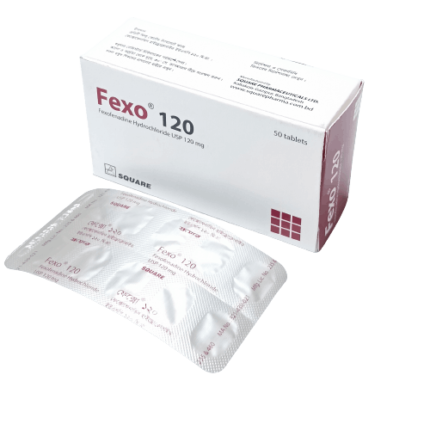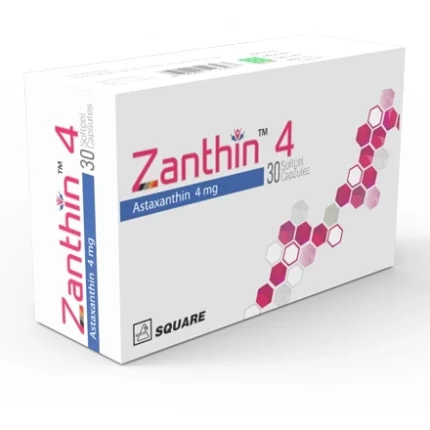Nalepsin
70.80৳ Bottle (100ml)
- Nalepsin Injection is primarily used to treat hypomagnesemia and magnesium deficiency.
- It possesses anticonvulsant properties and helps prevent seizures linked to conditions like eclampsia and uremia.
- Nalepsin also plays a role in managing arrhythmias, bronchial asthma, and cardiovascular disorders.
- The injection is administered either intravenously or intramuscularly, with dosage based on plasma magnesium levels and patient condition.
 Brand
Brand
|
Beximco Pharmaceuticals Ltd |
|---|---|
 Generics
Generics
|
Magnesium Sulfate |
 Type
Type
|
IV Infusion |
Indications
Nalepsin Injection is primarily indicated for the treatment of hypomagnesemia and magnesium deficiency. It is also used to manage irregular heartbeats and may occasionally serve as a laxative. With anticonvulsant properties when administered parenterally, Nalepsin can prevent or control seizures associated with acute uremia, hypothyroidism, and eclampsia. Additionally, it is employed in the management of bronchial asthma and cardiovascular disorders.
Composition
Magnesium plays a crucial role in various enzyme systems, especially those related to energy production, with the majority stored in the skeletal system.
- Each 5 ml ampoule contains a 50% solution of Magnesium Sulfate Heptahydrate BP (providing approx. 2 mmol/ml Mg2+), totaling 2.47 g.
- Each 100 ml bottle of infusion contains a 4% solution of Magnesium Sulfate Heptahydrate BP (providing approx. 0.16 mmol/ml Mg2+), totaling 4 g.
Description
Nalepsin is administered either intravenously via infusion or intramuscularly, though the latter can be painful. Plasma magnesium levels should be monitored to guide infusion rates and dosage, especially in patients with renal impairment. The concentration of intravenous magnesium sulfate should not exceed 20%. It is advised to dilute 1 part of a 50% solution with at least 1.5 parts of water for injection.
- Eclampsia and Pre-eclampsia: Nalepsin Sulfate is the preferred drug for preventing recurrent seizures. An initial IV dose of 4 g is given over 5-15 minutes, followed by an infusion of 1 g/hour for at least 24 hours post-seizure. If seizures persist, an additional 2 g IV dose is administered. (Dosages may vary by hospital; calcium gluconate is used to manage magnesium toxicity).
- Arrhythmias: Nalepsin Sulfate is also recommended for treating serious arrhythmias, particularly in the presence of hypokalemia or when torsades de pointes is present. The typical dose is 8 mmol Mg2+ via IV injection over 10-15 minutes, with the option to repeat if needed.
- Myocardial Infarction: While early studies suggested magnesium sulfate could reduce mortality following myocardial infarction, larger studies have not confirmed these results. However, magnesium is still considered beneficial in certain cases when administered immediately.
- Severe Asthma: IV infusion of magnesium sulfate (1.2-2 g over 20 minutes) can help alleviate severe asthma.
- Hypomagnesemia: Magnesium deficiency, often linked to excessive loss from diarrhea, stomas, or fistulas, can also occur with alcoholism or certain medications. Deficiency may lead to secondary hypocalcemia, hypokalemia, and hyponatremia.
Pharmacology
Magnesium is the second most abundant intracellular cation, essential for various enzyme activities, neurochemical transmission, and muscle excitability. Deficiency leads to several functional and structural issues.
Dosage & Administration
- Adults:
- Intramuscular: For severe hypomagnesemia, administer 1-5 g (2-10 ml of 50% solution) daily in divided doses. Continue until serum magnesium levels normalize. For mild cases, 1 g (2 ml of 50% solution) once or twice daily.
- Intravenous: 1-4 g can be administered intravenously as a 10-20% solution, with the rate not exceeding 1.5 ml of 10% solution per minute until relaxation is achieved. Usual daily dose ranges from 1-40 g.
- Electrolyte Replenisher: Intramuscular administration of 1-2 g in 50% solution four times a day until serum magnesium normalizes.
- Pediatric:
- Intramuscular: Administer 20-40 mg per kg body weight as a 20% solution, repeated as needed.
- For Eclampsia: Start with 1-2 g in a 25-50% solution intramuscularly, followed by 1 g every 30 minutes until symptoms subside.
Magnesium sulfate is also beneficial for treating moderate to severe asthma in children as an adjunct therapy.
Interactions
- With Medication: Nalepsin may lower blood pressure when used with calcium channel blockers like nifedipine and may enhance the effects of neuromuscular blocking agents. When combined with high doses of barbiturates, opioids, or aminoglycoside antibiotics, there is a risk of respiratory depression.
- With Food & Others: No known food or other interactions.
Contraindications
Nalepsin should not be used in patients with heart block, severe myocardial damage, or significantly impaired kidney function.
Side Effects
- Common: Excessive magnesium can cause hypermagnesemia, leading to nausea, vomiting, skin flushing, thirst, hypotension, drowsiness, confusion, and muscle weakness.
- Rare: Diarrhea or skin irritation may occur after soaking.
Pregnancy & Lactation
Magnesium sulfate crosses the placenta, so caution is advised during pregnancy. It is unknown if it passes into breast milk, so it should be used cautiously in nursing mothers.
Precautions & Warnings
Use Nalepsin cautiously in patients with renal impairment or those on digitalis glycosides. Parenteral administration may enhance the effects of neuromuscular blocking agents or CNS depressants. Regular monitoring of blood pressure, respiratory rate, and urinary output is essential, as well as observing for overdose signs like loss of patellar reflex, muscle weakness, nausea, or drowsiness.
Overdose Effects
Symptoms of overdose include respiratory depression, loss of reflexes, nausea, vomiting, flushing, drowsiness, confusion, slurred speech, double vision, bradycardia, and muscle weakness.
Therapeutic Class
Specific mineral preparations.
Storage Conditions
Store in a cool, dry place away from light and out of the reach of children.













Reviews
There are no reviews yet.